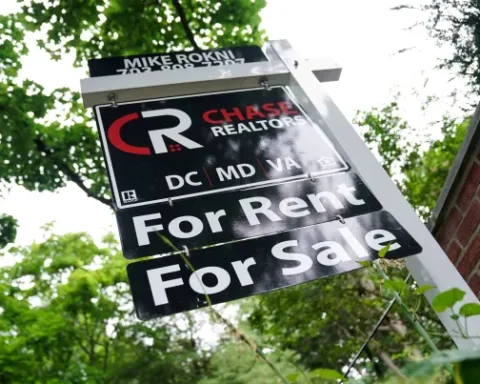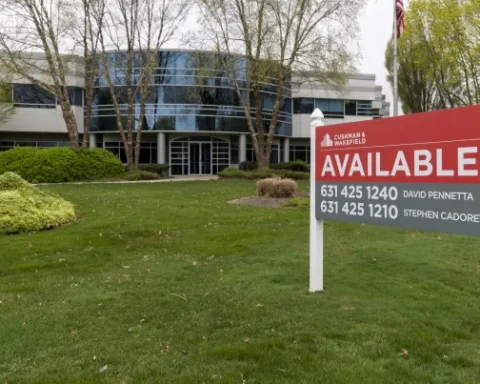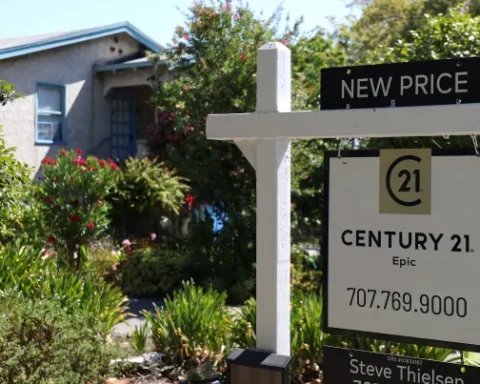The U.S. housing market has been challenging for many potential buyers, but recent developments suggest that conditions might be improving, though affordability remains a significant hurdle. A combination of lower mortgage rates and increased inventory is offering some relief, but experts caution that the road ahead remains uncertain. Let’s explore what buyers can expect in the coming months as the market adjusts.
Affordability Slightly Improves, But Challenges Persist
According to a new report from Redfin, buyers now need to earn approximately $115,000 annually to afford a typical home in the U.S. While still high, this figure marks a 1% decrease from the previous year—the first decline since 2020. Housing payments have also seen their largest drop in four years, with the median mortgage payment falling to $2,534 as of mid-September, down 2.7% from a year ago.
“The only reason mortgage payments are down is because of the rate effect,” explained Daryl Fairweather, Redfin’s chief economist. As of September 19, the average 30-year fixed-rate mortgage stands at 6.09%, down from 6.20% just a week earlier, according to Freddie Mac data.
However, the median asking price for homes remains elevated at $398,475, an increase of 5.4% from last year. As Fairweather emphasized, “The typical household still earns 27% less than what they need to afford a home.”
More Homes for Sale, But Mortgage Rates Remain Uncertain
Another factor positively impacting the market is the growing number of homes available for sale. The National Association of Realtors (NAR) reports that 1.35 million homes were on the market by the end of August, representing a 22.7% increase compared to last year.
“There’s a higher inventory of homes for sale, which makes the housing market more favorable for buyers,” said Orphe Divounguy, senior economist at Zillow. This surge in available homes could help ease competition in the short term.
While lower mortgage rates have made housing slightly more affordable, they are still unpredictable. Melissa Cohn, regional vice president of William Raveis Mortgage, pointed out that mortgage rates are influenced by more than just Federal Reserve decisions. “Mortgage rates will go by the way of the economy,” she said, noting that if the economy weakens, rates may fall, but strong economic performance could push rates higher.
Builders See More Confidence, Price Growth Dependent on Inventory
Homebuilders are also showing increased confidence in the market. In September, builder confidence improved, with 32% of builders cutting prices, the first decline in price reductions since April, according to the National Association of Home Builders (NAHB).
“That tells me that some builders are probably starting to see an increase in foot traffic,” noted Divounguy. However, future price growth will depend on the inventory of existing homes. Robert Dietz, NAHB’s chief economist, expects inventory to rise as the mortgage rate lock-in effect diminishes, which could place downward pressure on home prices.
Waiting to Buy Could Mean More Competition
For potential buyers contemplating waiting for more favorable conditions, the outlook is mixed. Fairweather predicts that while more homes may be available next year, increased competition could offset any benefits. “You’re trading one difficulty for another,” she warned. If mortgage rates drop further, homeowners with locked-in low rates may decide to sell, adding more homes to the market, but it could also lead to a surge in buyers.
In summary, while conditions in the U.S. housing market have improved slightly, significant challenges remain. Lower mortgage rates and increased inventory offer some relief, but the future is uncertain. Buyers need to weigh the risks of waiting against the potential for greater competition in the months ahead.
The housing market may not be ideal, but experts agree that this is “as good as it gets” for now. Buyers should carefully consider their options, stay informed about mortgage trends, and be prepared to face ongoing challenges in affordability and competition.







